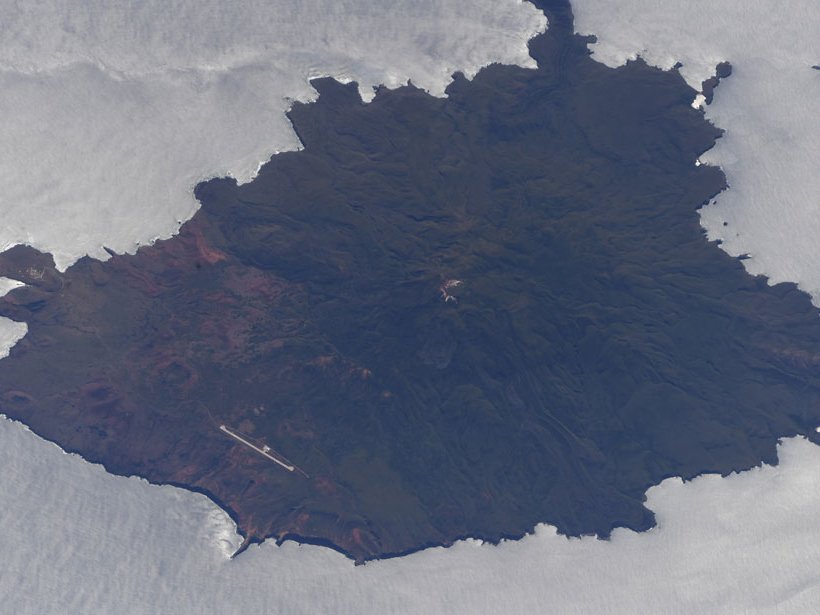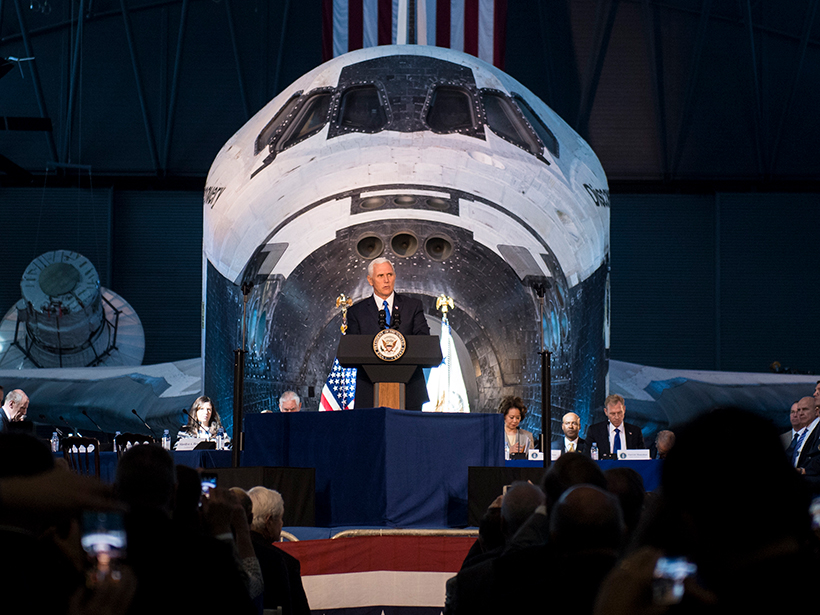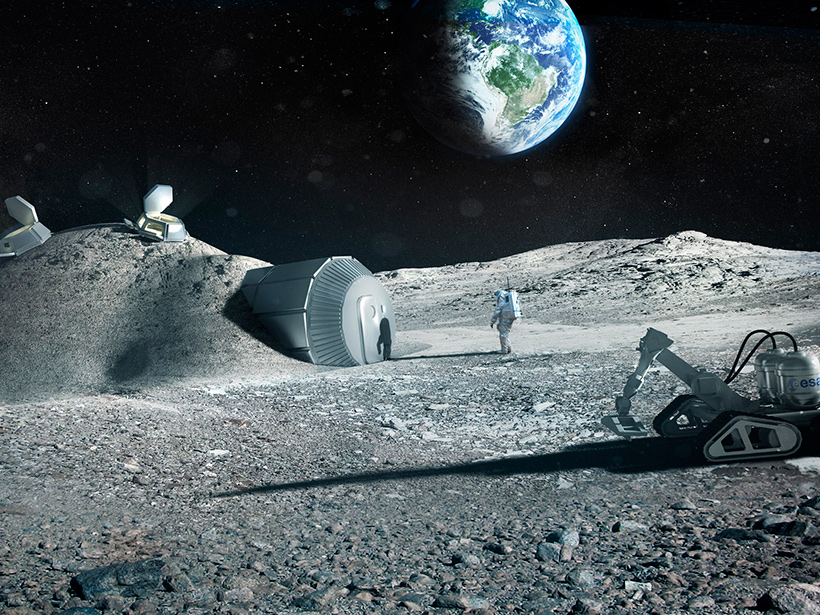New postage stamp features space shuttle astronaut Sally Ride, a role model for girls, women, and diversity in science. It puts “a stamp” on Ride’s accomplishments, her widow told Eos.
astronauts
Earth Day Message from an Astronaut on the Space Station
NASA astronaut and geoscientist Drew Feustel reminds us: High above Earth, you see no borders; you barely see cities. You do see evidence of Earth’s raw power.
Increasing Radiation Levels May Challenge Space Exploration
New research shows that solar radiation levels are growing 10% faster than previously believed and that the radiation environment in space will worsen with time.
Administration Sets Moon as Destination
The U.S. National Space Council, an advisory body that has been dormant since 1993, focused on lunar travel, civil and commercial space opportunities, and national security when it met last week.
Scientists, Policy Makers Push for Mars Exploration
At a recent forum, Sen. Ted Cruz also announced a Senate hearing to revisit the half-century-old Outer Space Treaty, and he warned about potential military threats to the nation’s satellites.
Apollo 11 Command Module Goes on Tour
The exhibit includes Buzz Aldrin's gloves and an injector plate from the rocket's first-stage engine, which was recovered from the bottom of the Atlantic Ocean.
Focus NASA on Mars and Moon, Not Earth, Witnesses Tell Hearing
One speaker, the former chief scientist of NASA, spoke up for NASA's Earth science program as broadly beneficial and affordable within the agency's existing budget.
Geoscientist-Rich Crew Slated for Space Station Next Year
Geophysicists from NASA and the European Space Agency and the first African American chosen to serve on an International Space Station crew are selected for 2018 missions.
Could 3-D Printers Create Shelters for Future Lunar Settlers?
Test of a novel solar-powered printer yielded a prototype construction brick made from simulated lunar soil.
Planetary Caves' Role in Astronaut Bases and the Search for Life
2nd International Planetary Caves Conference; Flagstaff, Arizona, 20–23 October 2015









